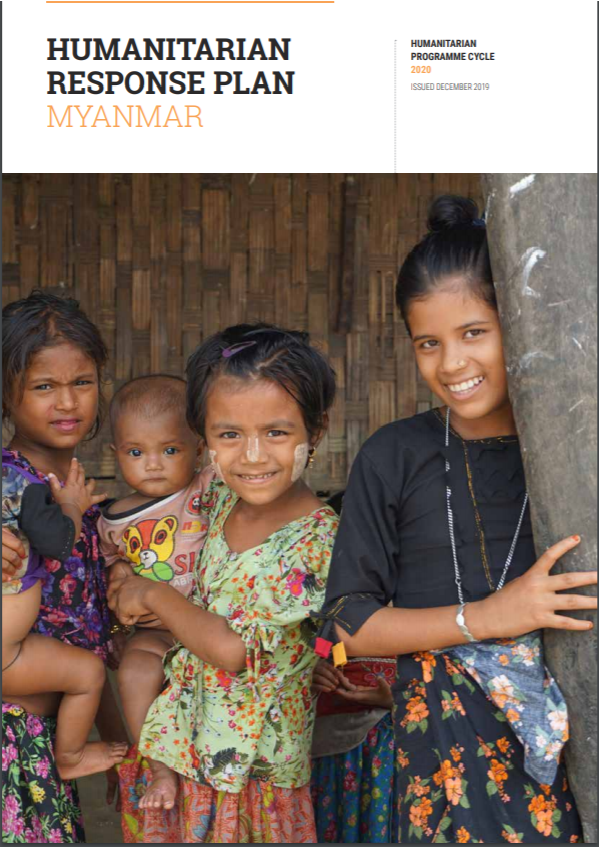Minimum Standards for Protection, Gender and Inclusion in Emergencies

This guidance presents Red Cross and Red Crescent staff, members and volunteers with a set of minimum standards for protection, gender and
inclusion (PGI) in emergencies. It aims to ensure that the emergency programming of the International Federation of Red Cross and Red Crescent
Societies (IFRC) and National Societies provides dignity, access, participation and safety for all people affected by disasters and crises. It provides practical guidance on how to mainstream these four principles in all sectors, based on a consideration of gender, age, disability and other diversity factors. This includes limiting people’s exposure to the risks of violence and abuse and ensuring that emergency programmes “do no harm”.
The standards address protection, gender and inclusion concerns by providing practical ways to engage with all members of the community, respond to their differing needs and draw on their capacities in the most non-discriminatory and effective way. This helps to ensure that local perspectives guide assistance delivery. The standards also support incorporation of the seven Fundamental Principles of the International Red Cross and Red Crescent Movement (hereinafter referred to as “the Movement”).
Country
Worldwide
Region
Worldwide
Year
2018
Topics
Category








